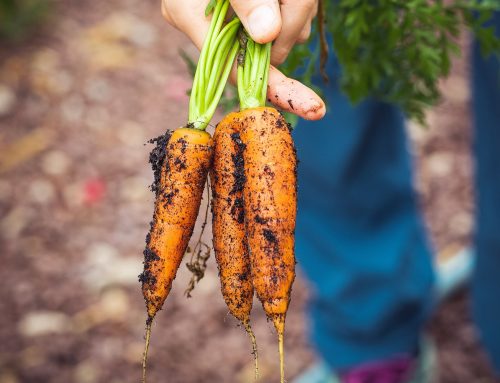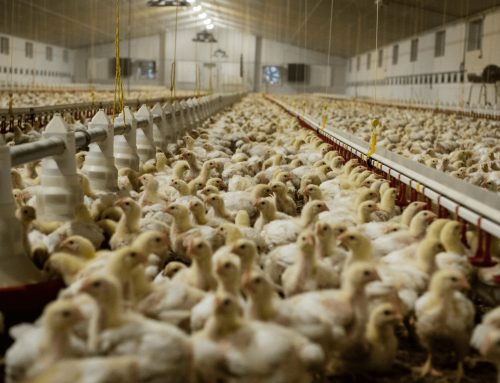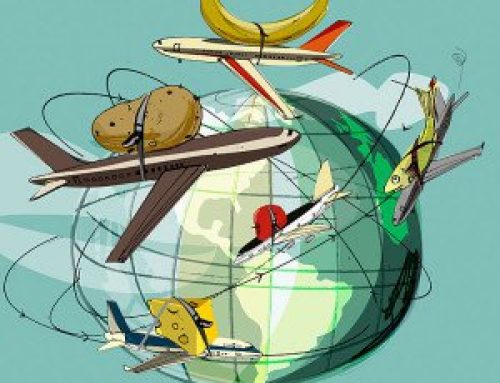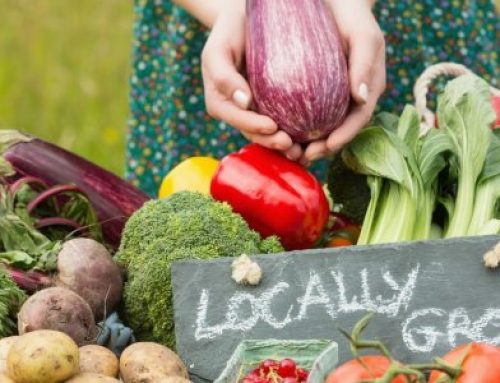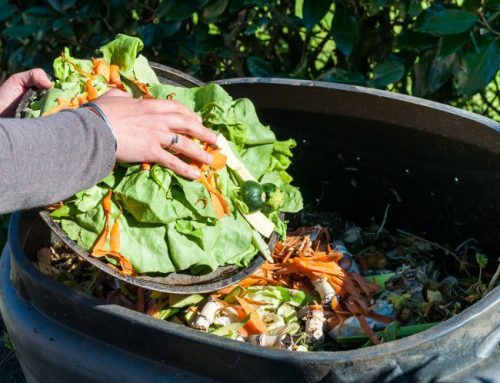
There is no escaping the fact that food production is doing harm to the environment. Today’s food supply chain creates 13.7 billion metric tons of carbon dioxide equivalents worldwide. In addition, of the ice and desert-free land 43% is used by resource-intensive processes, 87% of which is used for human food production. (source: Science Mag)
Reports like these, combined with the events of the past year, has shifted consumer thinking to shopping local. Consumers are inquiring more about the provenance of their food, driving a change in shopping habits and an increasing focus on sourcing ethically produced food. Research by The Soil Association still confirms a continued rise in demand for organic food, with a further increase of 7.8% in 2021. Furthermore, over a quarter of respondents stated the negative environmental impact of a product or service would stop them from purchasing it.
The Co-Op reported that in October 2020 sales of Fairtrade food rose by 14 per cent compared to October 2019, while sales of organic food increased by almost one fifth in the 12 weeks ending May 2020 compared to Q2 2019.
With such stark indicators of consumer demand, many would say food service business must now take this into account, adopting measures to reduce environmental impact and those that do and communicate it effectively to their customers, will win.
One of the key indicators is the change in dietary preferences, in particular, the reduction in meat and dairy consumption. With the spotlight turning onto commercial factory farming and apparent disregard for animal welfare, there is increased consumer scrutiny on where and how animals are reared and culled. If you’d like to read more about this, we’ve previously covered the welfare of animals in factory farms in this article.
For consumers that still advocate meat and dairy in their diet, there has been increased interest and demand in small-scale dairy farming and cooperative working.
Farms such as The Ahimsa Dairy strive to farm to the highest agroecological standards, encouraging and supporting wildlife on its organic pasture. Here, milking cows are hand-milked and are impregnated every four to six years, compared to every year in a large scale commercial dairy.
These small-scale dairies consider the welfare of their animals a priority, and they also farm to high agroecological standards. Organic, biodiverse or rotated pastures are nurtured to encourage and support wildlife alongside the animals. A survey conducted by the Wildlife Trust at The Calf A Foot Dairy showed that, since cows had been there, biodiversity on the land had increased. Many endangered species have returned, including critically endangered water voles that were last year found to have returned to the river banks running through the fields.
Biologically, cows are ruminant feeders that benefit from grasses and fibrous diets. In factory farms, they are fed nothing but pure grain and fillers. A cows stomach needs to produce more acid to break these down which, in turn, can cause painful stomach ache which then leads to self-medication – in the absence of pasture, this often means by eating dirt. This has been found to lead to a 20% increase in gastric infection rates, which then require treatment with antibiotics and drugs. An “unhealthy circle” is created, often causing unnecessary suffering for the cattle as well as causing avoidable environmental and “fit for human consumption” issues.
Not only is grazing far better for the cows, it is also beneficial to the pastures. Some argue that having a well-managed holistic grazing system could sequester carbon in grasslands, by stimulating plant growth and capturing carbon within the soil. This offsets the greenhouse gases (GHG) emitted are by ruminant livestock, the largest impact being from cattle.
Bringing wild plants into pastures, such as cocksfoot and chicory with their longer roots, helps to break up compacted soil. They bring nutrients from the lower soil layers to the surface, where grazing animals obtain a far higher nutrient diet than cattle in factory farms. With a higher nutrient diet, free-range cattle in rewilded pastures have generally been found to produce more milk.
Many smaller dairy farms, such as The Ahimsa Dairy and The Calf A Foot Dairy, pride themselves on naming their cows, knowing their characters, and allowing them to live out their days grazing mixed-perennial pastures at the end of their viable milking life rather than being sent to slaughter.
The prevalence of wild herbs and plants within grazing pastures enables livestock to "self-medicate". Research carried out by the United States Library of Medicine observed "self-medicative behaviour, whereby plants containing natural anthelmintics are selectively ingested by ruminants." Meaning livestock selectively eat flora containing natural anthelmintics (antiparasitic compound) which helped them to debloat. This consequently significantly reduces the need for gastric drugs (as well as gas!), in turn leading to more contented livestock with a better quality of life.
With ever-increasing consumer preference and demand for ethical food suppliers and producers, it’s increasingly important to inform consumers about your provenance and eco-credentials. That’s where UKFoodWeb can help, acting as a brand amplification platform to inform and engage consumers alongside your peers, helping you to stand out. UKFoodWeb is a national searchable service, enabling businesses to create a detailed profile that includes the products you produce, your ethical and sustainable values, and how you are championing sustainable and ethical production. Products are clearly labelled with allergens, packaging type, sustainable production, carbon footprint, certifications and accreditations enabling retailers and consumers reassurance and confidence that they are buying ethically.
Organic certifications (i.e. The Soil Association or the Organic Food Federation)
With the organic market growing faster than ever and expected to reach £2.9 billion by the end of 2021, this provides producers with opportunities to expand the market. UKFoodWeb can help SME producers be found, engage with retailers and consumers and build loyalty. Visit the UKFoodWeb website to find out more.
For further reading:
Reducing food’s environmental impacts through producers & consumers: ScienceMag
How brand transparency will drive sales in 2021: Speciality Food Magazine

